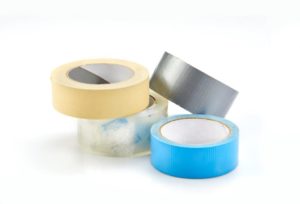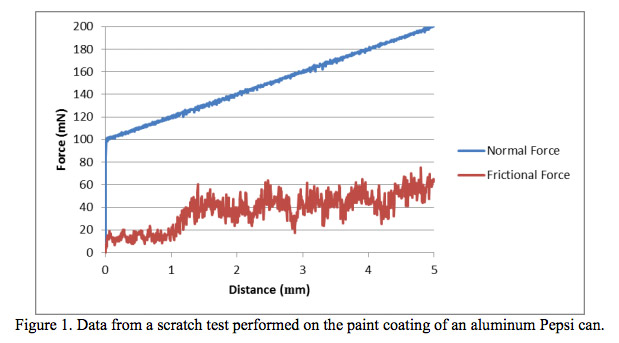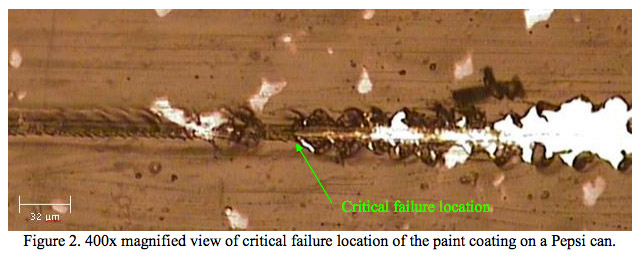- Lab Services
- Surface Roughness & 3D Topography
- Chemical
- Color Measurement
- Contact Angle
- Gloss Measurement
- Liquids
- Mechanical
- Abrasion
- Contact Stylus Surface Roughness Analysis
- Depth Profiling
- Express Property Mapping through Accelerated Nanoindentation
- Macroscratch
- Microindentation
- Microscratch
- Modulus Mapping
- NanoDMA
- Nanoindentation
- Nanoscratch
- Rheology
- Scratch Testing ISO 1518
- Shore A and Shore D Hardness
- Universal Testing Machine
- Metallurgy
- Microscopy
- Particle Size
- Peel Strength
- Pore Size
- Technical Consulting
- Thermal
- Tribological
- X-Ray Diffraction
- Zeta Potential
- Products
- Industries
- Resources
- About Us
- Testimonials
- Contact Us


 The drive to have the most efficient materials for shipping and reduce material usage has driven the market for performance packaging and adhesives. With online markets increasing, companies are requiring a larger and more efficient industry for shipping of goods. Increasing demand of shipping requires an increase in the supply of engineered packaging and adhesives. It is vital to the integrity of the packaging that the mechanical properties of the materials are sufficient enough for the possible environments and stresses during the shipping process.
The drive to have the most efficient materials for shipping and reduce material usage has driven the market for performance packaging and adhesives. With online markets increasing, companies are requiring a larger and more efficient industry for shipping of goods. Increasing demand of shipping requires an increase in the supply of engineered packaging and adhesives. It is vital to the integrity of the packaging that the mechanical properties of the materials are sufficient enough for the possible environments and stresses during the shipping process.
